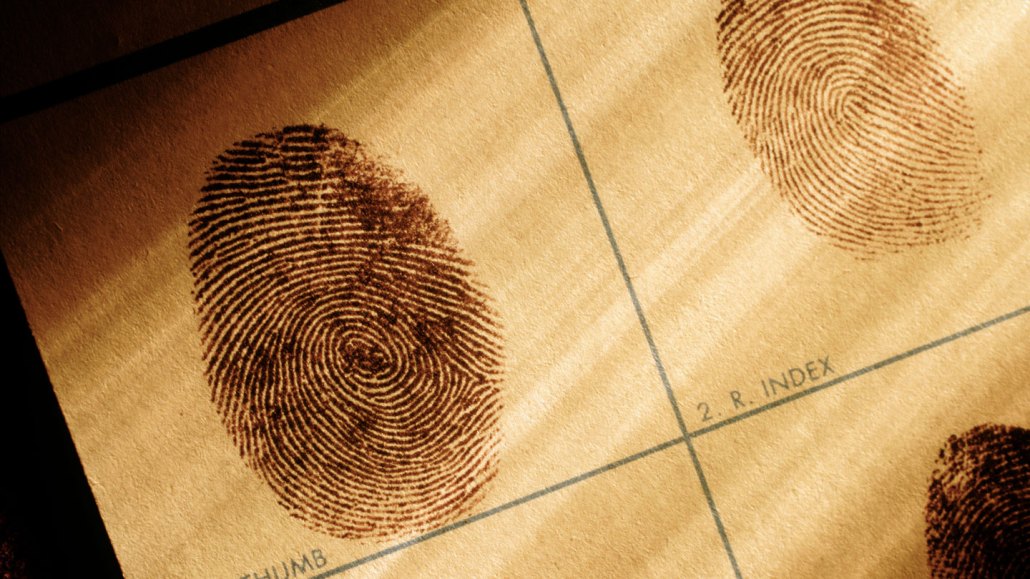Let’s learn about fingerprints
Scientists are still learning how these unique patterns on our fingertips form — and how to use them to solve crimes

Forensic scientists look for fingerprints left at crime scenes. Those prints can then be compared with others in a national database to identify whose they are.
Don Mason/The Image Bank/Getty Images
Share this:
- Share via email (Opens in new window) Email
- Click to share on Facebook (Opens in new window) Facebook
- Click to share on X (Opens in new window) X
- Click to share on Pinterest (Opens in new window) Pinterest
- Click to share on Reddit (Opens in new window) Reddit
- Share to Google Classroom (Opens in new window) Google Classroom
- Click to print (Opens in new window) Print
Nearly everyone in the world carries a unique ID right at their fingertips. These are their fingerprints — the swooping, swirling patterns in the fine ridges of skin on the pads of their fingers. No two people have the same fingerprints. Not even identical twins. That’s why some phones can be unlocked with a user’s fingertip. And why fingerprints left at a crime scene can help identify whodunnit.
Fingerprints form before birth. The patterns originate from three spots on each fingertip: under the nail, at the center of the finger pad and at the crease of the first finger joint. The design of a fingerprint depends on how skin ridges spread out from these three spots and merge. A person’s fingerprints may spread out slightly over the course of their life. But the overall pattern stays the same.
When someone touches an object, they may leave a stamp of their fingerprint on it. This imprint may be made of oil, dirt or other substances that were on the person’s skin. Forensic scientists have long gathered such fingerprints from crime scenes. Those prints can offer clues about who has been at a certain place and what they did there.
Fingerprints have not always allowed investigators find the right culprit. Criminals have wiped their fingerprints off objects at crime scenes to cover their tracks. What’s more, it has been hard to tell whether fingerprints found at a crime scene were left by the criminal or someone else at another time. But new research is helping make fingerprints more reliable evidence.
One team has found a way to uncover fingerprints that have been wiped down. The technique relies on the fact that chemicals in a person’s fingerprints corrode metal surfaces. That corrosion can be detected even if a print is not visible. Other scientists have found a way to estimate the age of a fingerprint. They do this by looking at chemicals in fingerprints that change over time as they interact with the air. This can expose whether the fingerprint dates to the time of a crime or before or after.
Want to know more? We’ve got some stories to get you started:
How fingerprints form is no longer a mystery A mathematical theory proposed in the 1950s helps explain the process. (5/10/2023) Readability: 7.3
Was that fingerprint left during a crime? A new test may answer that In what could be a boon to forensics, chemists identify a way to date a fingerprint’s age. (1/11/2023) Readability: 7.3
Forensic scientists are gaining an edge on crime Technical advances help reveal hidden fingerprints and identify missing people. (12/22/2022) Readability: 6.7
Explore more
Let’s learn about forensic science
Fingerprints could help keep kids from dangerous websites
Cool Jobs: New tools to solve crimes
This forensic scientist is taking crime science out of the lab
Activities
Each person’s fingerprints are unique and last a lifetime. But are fingerprint patterns random? Or do people inherit those features from their parents? If fingerprint patterns are inherited, then pairs of siblings should be more likely to have similar fingerprints than pairs of unrelated people. In this experiment from Science Buddies, you can investigate whether that’s true.






